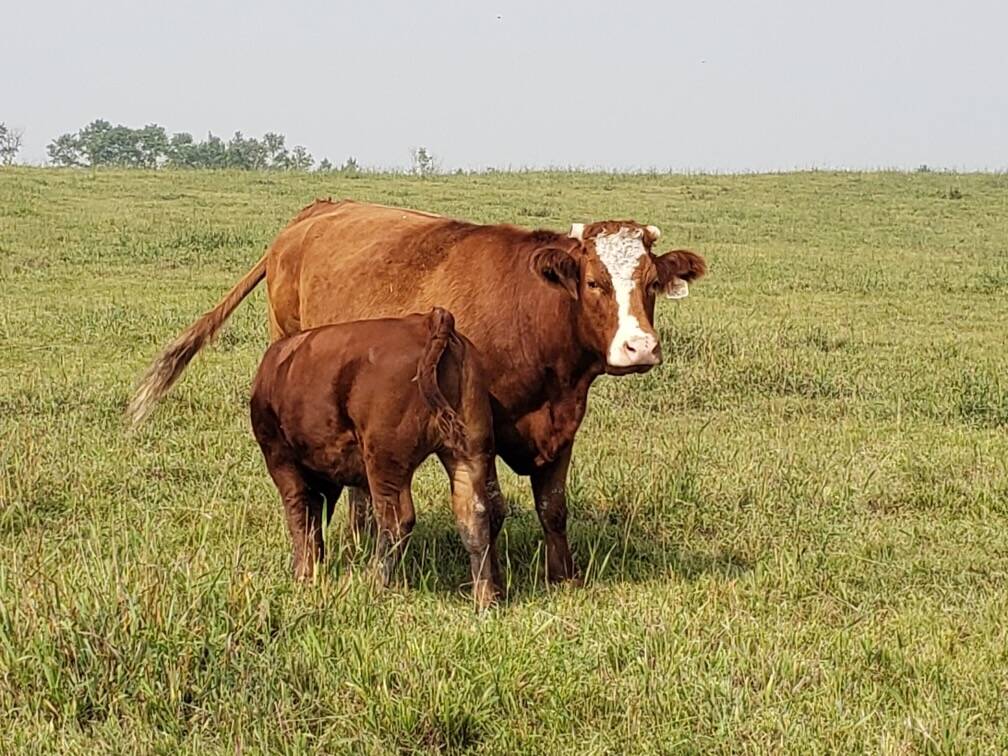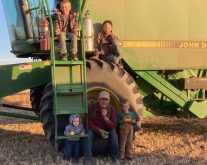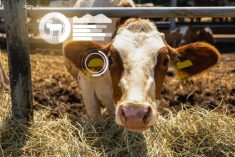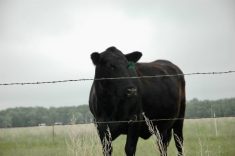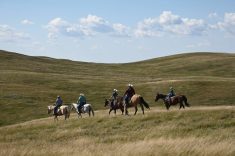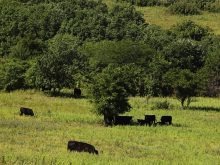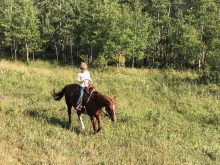Thousands of calves will be weaned across Canada this autumn.
Some will be shipped short distances, while others will be trucked to distant feedlots. The stress of trucking causes weight loss in most animals. This weight loss is known as “shrink.”
Most marketed cattle are sold by weight, so several hundred dollars per calf are lost when shrink is significant. The goal is to minimize shrink and maximize the value of each sold calf.
Producers generally expect up to 10 per cent shrink in weaned calves from the time they leave the home farm until arrival at an auction mart or feedlot. Unfortunately, the potential economic loss is staggering.
Read Also
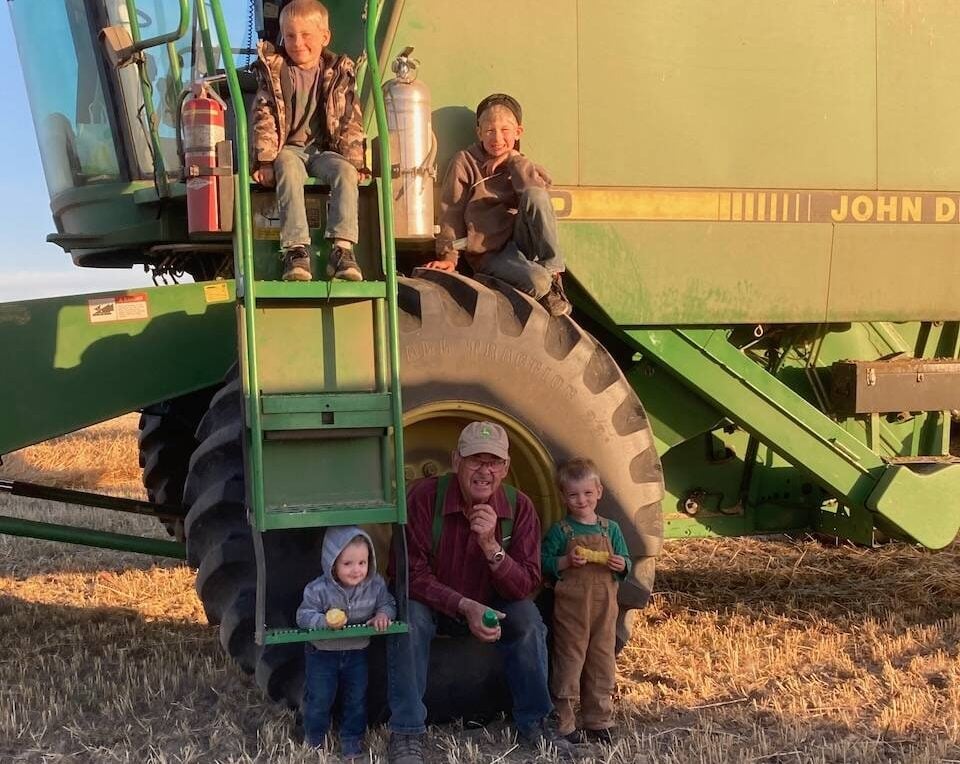
Harvest wraps up and fall work begins
At the Eppich famly ranch in western Saskatchewan, the fall harvest was successful with few breakdowns, cows and calves have been sorted and a new tractor has arrived
For example, if a truckload of 40 calves averaging 650 pounds sells at $600 per hundredweight and each animal loses 50 lb. to shrink (7.7 per cent), nearly $12,000 disappears.
In my experience, there are three types of shrink, ranging from non-lethal to long-term chronic issues and possible loss of an animal:
Fill shrink: This occurs during the first part of transport. It reflects weight loss from rumen-fill, manure and urine. Cattle held 10 to 12 hours are expected to get thirsty and hungry, but it usually doesn’t threaten their lives. Much of fill shrink is recovered within a day after animals are watered and fed.
Dehydration: This is an actual loss of fluid from the calf’s tissues — muscles, organs, blood and even bone. It may result from calves not getting water during long hours of trucking and can be worsened by hot weather. Dehydration is also common in distressed calves caused by poor weaning or handling. I’ve witnessed some truck-weaned calves so distraught that they hyper-ventilated (drawing off water from lungs) as they were being loaded.
Morbidity (sickness): Many calves suffer from a high rates of dysentery and respiratory issues during trucking and by the time they enter a new feedlot or any other new home. These high rates of disease are often worsened by a compromised immune system. Many animals never fully recover, leading to lower feedlot gains, poorer feed efficiency and higher feedlot mortality.
Trucking remains the biggest factor behind these three types of shrink in cattle. University and extension work has demonstrated weight loss from shrink occurs rapidly in the first hours of transport, levels off and then gradually increases as haul time becomes excessive.
University of Wyoming research indicates cattle lose about one per cent of their bodyweight per hour for the first three to four hours of transport, then 0.25 per cent per hour for the next eight to 10 hours.
An unrelated Iowa study found cattle lose an additional 0.6 per cent of weight from the point of origin for each additional 160 kilometres (100 miles) of haul.
Handling and processing are the next biggest stressors in trucked calves. How cattle are gathered and sorted for sale accounts for two to three per cent total shrink. Current welfare practices have significantly reduced this number through improved processing.
For example, it is my understanding that incoming trucked cattle are now sold within a few hours of arrival at a sale yard, rather than waiting up to 24 hours as it was handled previously. In addition, hay and water are available for incoming cattle, which has become commonplace.
Other factors that contribute to cattle shrink include the type of ration that calves were receiving before they were trucked. For example, cattle grazing lush pasture shrink more than cattle fed dry hay in the days before transport.
Similarly, preconditioned weaned calves that were creep-fed for at least 45 days before shipping adjust better to transportation stress and lose less weight than truck-weaned calves.
Any shrink in trucking calves means reduced income and possible loss of future performance.
A friend who operates a 200-head operation is always looking for ways to shrink the shrink in about 100 weaned steers weighing 650 lb. shipped to eastern Ontario each fall. His goal in 2025 is to reduce shrink by 2.5 per cent by any practical means. If successful, that’s a $9,800-bigger paycheque.


